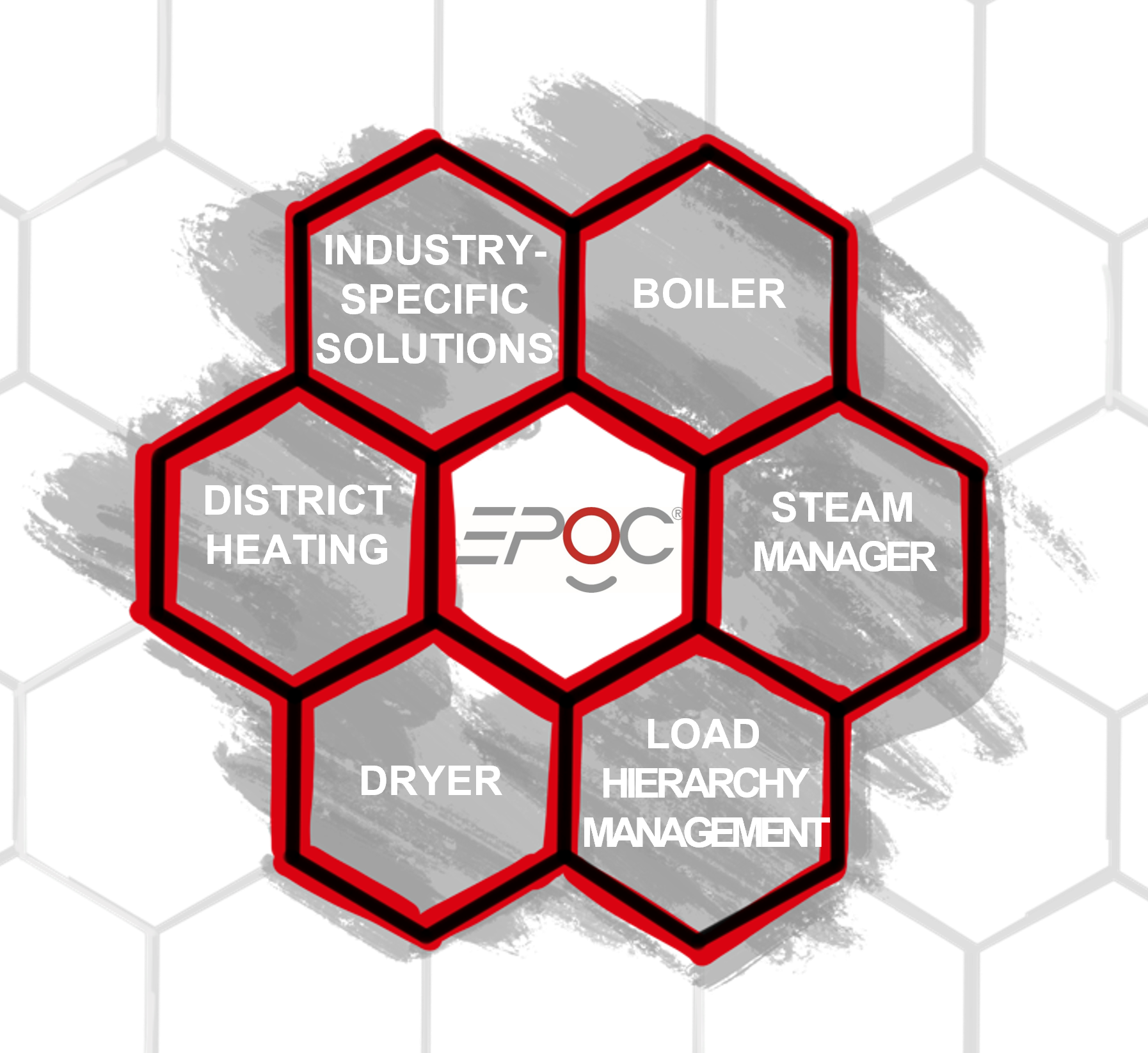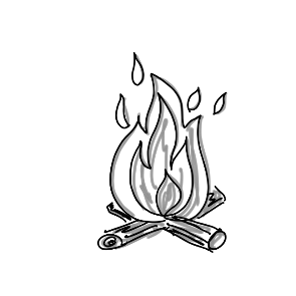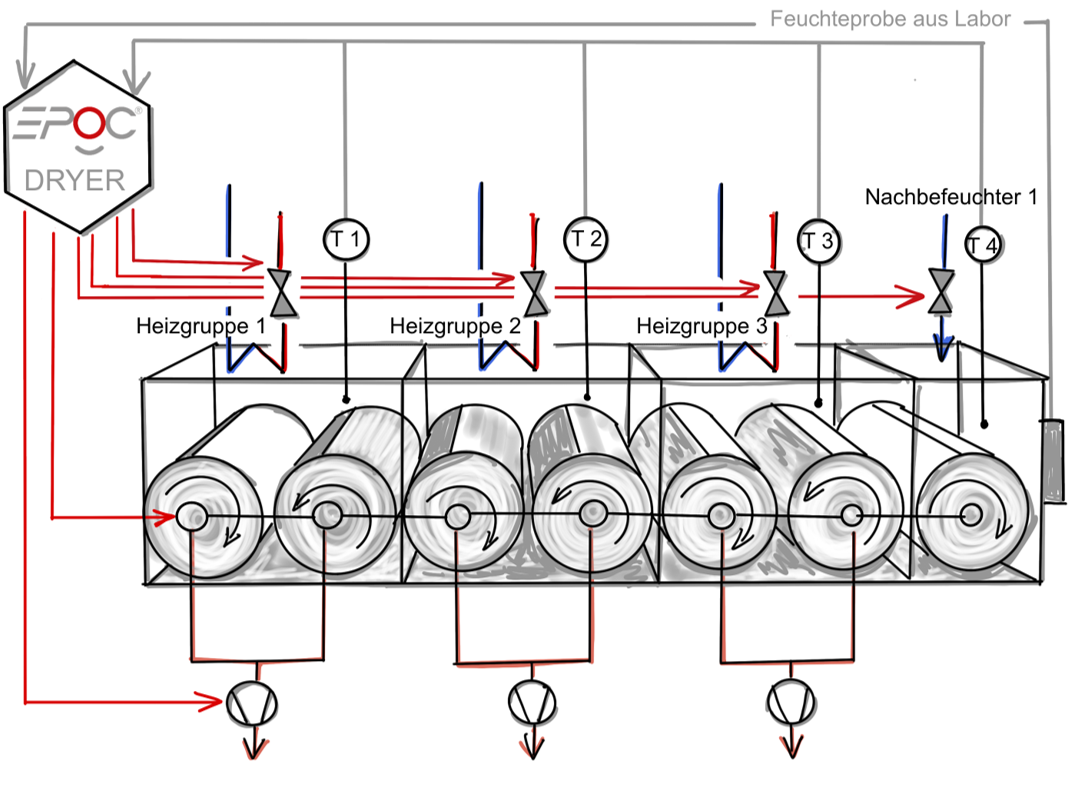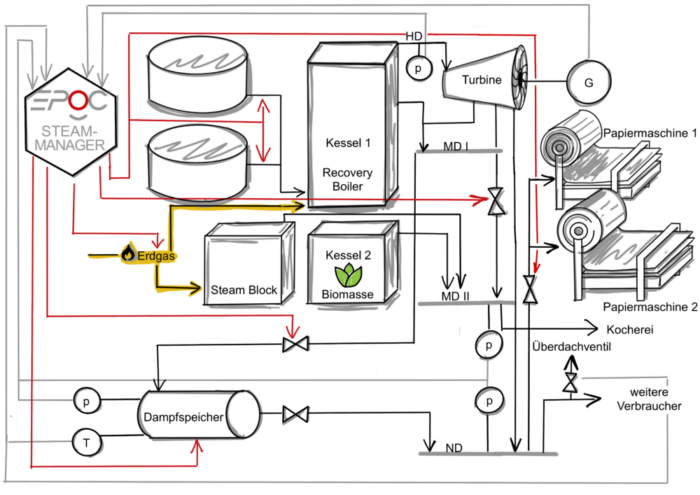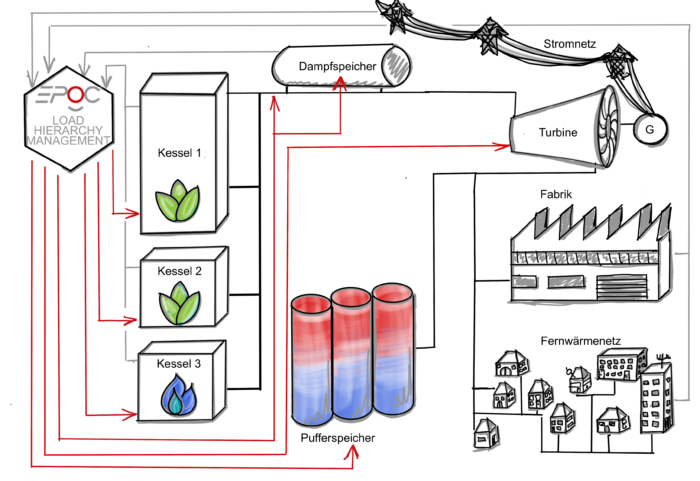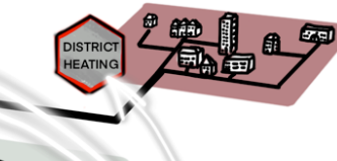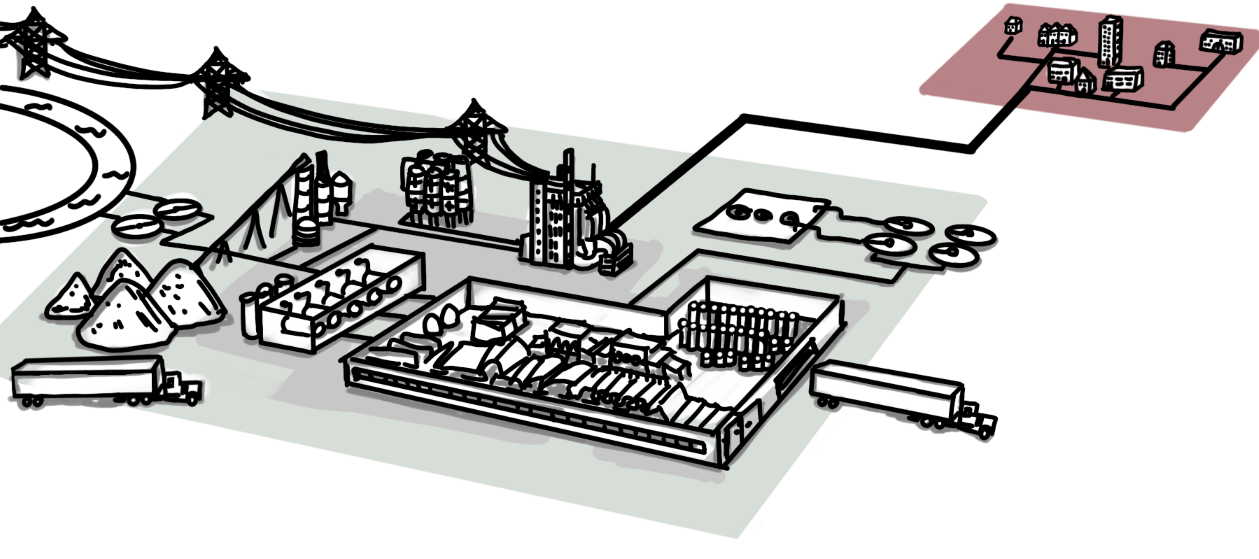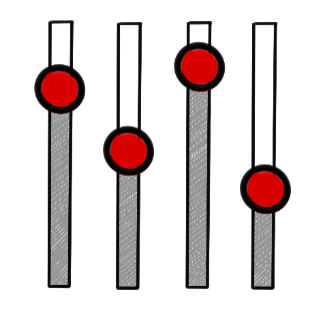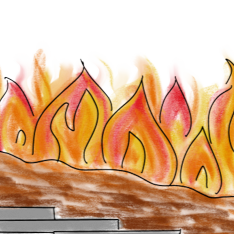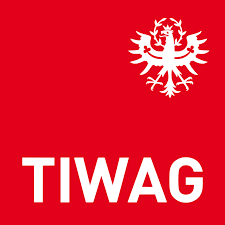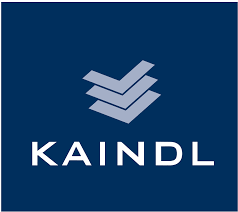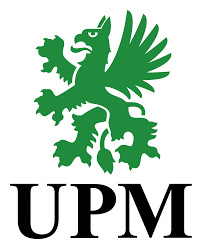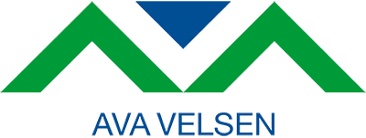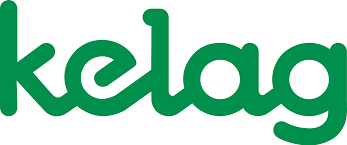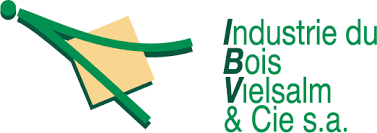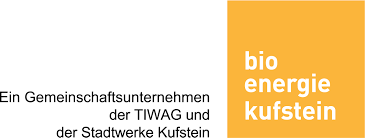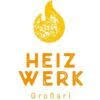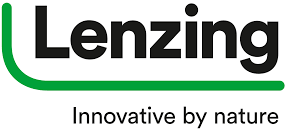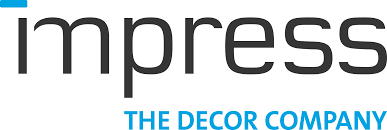EPOC® Industry Specific Solutions
Paper Production
Due to the combination of complex production processes with on-site energy generation, the paper industry is particularly suitable for overarching optimization of the kind achieved with EPOC®. In the paper mill, all plants are usually operated in accordance with the paper machine schedule. Plant shutdowns and restrictions are taken into account.
EPOC® Paper Production supports the dispatcher in planning by significantly assisting in the creation of production schedules for the digester, washer, bleach and recovery line (evaporator, caustic pot, causticizing). The optimized production plans are recalculated at short intervals, always assume the current condition of the plants and take all tank levels into account. This gives the dispatcher a good prediction of the development of the tank levels and the upcoming production rate changes at any time.
EPOC® Paper Production uses state-of-the-art algorithms for model selection and model identification. For the optimization of individual quality parameters (e.g. residual moisture), the methods of model predictive control (MPC) are integrated in EPOC®. This control calculates, based on the current process values, optimal correction values of the machine settings and ensures the decoupling of the influences of individual parameters. The robust modeling provides best results even in the presence of strong process noise.
Would you like to find out more? Should we call you or would you like to receive further information by e-mail?
I am happy to be there for you!
Sebastian Sturm is your expert when it comes to the EPOC® Suite!
You benefit from a significantly smoother operation of your machines and more constant production rates. This also manifests itself in higher product quality, since rapid production changes in particular trigger process fluctuations and thus negatively affect quality parameters.
EPOC® Paper Production improves the long-term planning capability of your plant. This makes it easier to identify bottlenecks in stock and supports you in planning system downtimes. You will also receive a contribution to the power balance of the plant
-
Design and implementation of soft sensors for quality parameters (based on algorithms)
-
Stabilization of material cycles
-
Waste heat utilization of the low temperature sources
-
Integration of hot water storage tanks for steam buffering
-
Reduction of the consumption of primary energy
-
Improved profitability thanks to minimization of “over-roof” quantities and better recoveries
-
Better power generation with turbine operation
-
Quality improvement with cost reduction
-
Reduction of emissions (NO, …)
-
Increased energy efficiency
-
Contribution to reporting



